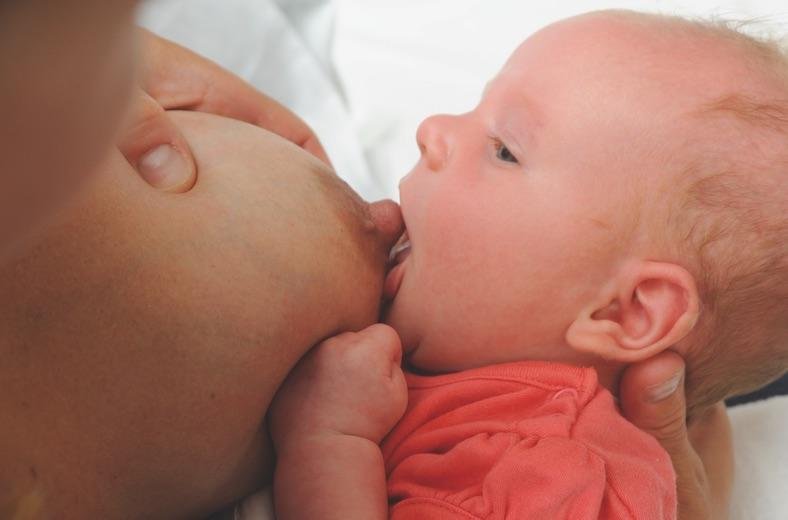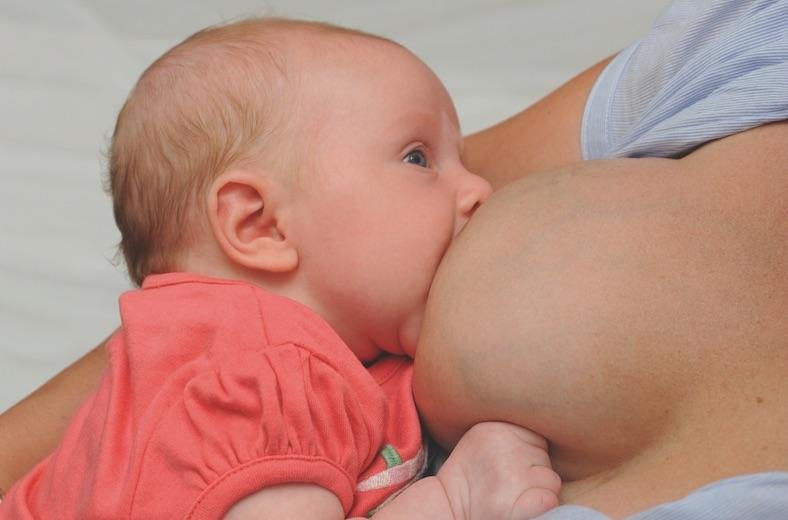Attachment and positioning – This course is designed to understand the care of pregnant women and newborn: antenatal, intra-natal and postnatal; breast feeding, family planning, newborn care and ethical issues, The aim of the course is to acquire knowledge and develop competencies regarding midwifery, complicated labour and newborn care including family planning.
Attachment and positioning
Successful breastfeeding depends on the positioning and attachment of your baby to your breast. When your baby is positioned and attached correctly, they will feed well and you will feel no pain. As you start breastfeeding, you may feel some discomfort but you will get used to the feeling. There are a number of different breastfeeding positions, so find one that suits you and your baby.
Attaching your baby to breastfeed
The acronym CHINS explains what to do when preparing to breastfeed:
- close
- head free
- in line
- nose to nipple
- sustainable
Attachment and positioning
Step 1 of 3

- Bring your baby close to your body so they don’t need to stretch to reach your breast
- Check your baby’s head and body are in a straight line facing the same way
- Move your baby’s nose to your nipple so they can reach and get the breast underneath your nipple
Step 2 of 3

- Support your baby’s neck, shoulders and back, making sure their head is free to move
- Watch your baby tilt their head back and open their mouth wide
- If your baby’s mouth doesn’t open, encourage it by gently rubbing your nipple against their upper lip and moving away until they open wide
Step 3 of 3

Bring your baby to your breast
To latch on correctly, your baby’s tongue and lower lip should make contact with your breast first
Signs your baby is well attached to breastfeed
When your baby is well attached:
- their chin touches your breast
- their mouth is wide open
- their cheeks are round and full, not sucked in or dimpled
- their sucks become slower and longer
- you can see some of your breast above your baby’s top lip
- you feel a strong, drawing sensation

Signs your baby is not well attached to breastfeed
When your baby is not well attached:
- feeding is painful
- their sucks are short
- their cheeks are drawn in and dimpled
- they are restless and keep coming off the breast
- Breastfeeding positions
- You can try different positions to breastfeed. Use a comfortable position that:
- lets your breast hang naturally
- allows your baby to latch on well
- doesn’t cause any strain
Read More.
